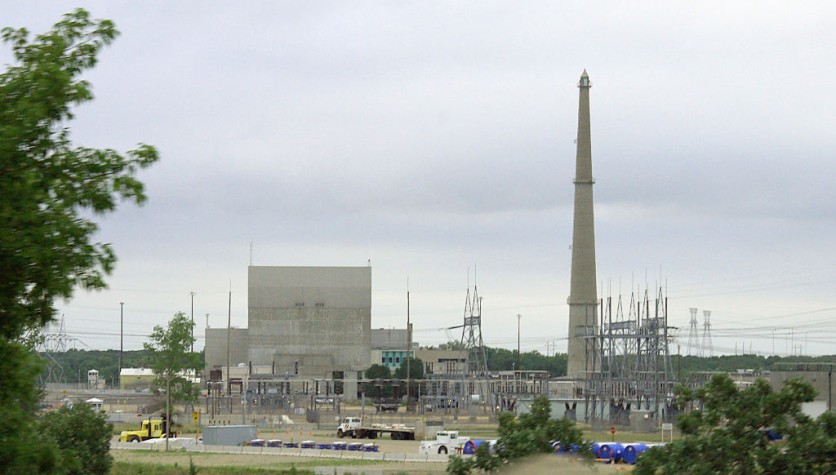US-based electric company Westinghouse is reportedly set to develop a commercially-available 'eVinci,' a water-free and versatile nuclear power microreactor within Saskatchewan, Canada, by 2029.
Interesting engineering reports show that the new microreactor proves to be a versatile power source compared to nuclear power stations, which can take years to build and operate. Microreactors provide a quick means to move and set up a nuclear power plant.

As the name implies, a microreactor is tiny enough to fit on a transport truck or aircraft and may be swiftly relocated to an area in need of electricity.
Westinghouse's website also states the microreactors' advantages prove to be plenty as the 'eVinci' supports a reliable energy source in all weather conditions, temperatures, and locations; Above-ground installation requires minimal ground disruption with less than a 2-acre footprint; Seamless, reliable pairing with wind, solar, and hydro with grid forming or grid following capabilities, and the ability to immediately load-follow and load-shed within merely a fraction of a second.
Water-Free Power
This new energy microreactor is reportedly the first-ever not to need water for it to be operational, a concept that Westinghouse shows to have accomplished by utilizing "Heat Pipe technology," which reduces the number of components required in active systems.
Interesting Engineering states that according to the company, the team behind the revolutionary microreactor has just constructed their first 12-foot (3.6 m) long nuclear-grade heat pipe, which removes the concerns associated with high pressure or cooling leak events encountered in earlier designs.
The firm also reportedly employs a Passive Heat Removal System (PHRS), which uses radiation and convection modes of heat transfer to remove heat from the reactor core without requiring operator interaction.
Westinghouse reportedly employs TRISO fuel, which is more resistant to corrosion, oxidation, and high temperatures than typical nuclear fuels. The microreactor does not need to be refueled and may operate for more than eight years, generating 5MWe of electricity while lowering 55,000 tons of CO2 annually.
When the fuel runs out, the microreactor may reportedly be carried away for disposal and replaced with another to continue operations on-site, much like a battery. The microreactor is outfitted with shutdown rods employed during shipping for further safety. Deep geological repositories (DGR) can store nuclear fuel for lengthy periods.
'eVinci's' Government Contracts
The Saskatchewan Research Council (SRC) authorized a CAD 80 million (US$59 million) project to create Canada's first 'eVinci' microreactor earlier this year. The facility is scheduled to open in 2029.
Last October, the company announced it was selected by the Department of Energy (DOE) for its Front-End Engineering and Experiment Design (FEEED) contract to help assist the commercialization of its 'eVinci' microreactor. The DOE money will help plan the installation of the 'eVinci' Nuclear Test Reactor at Idaho National Lab (INL).
The contract will reportedly enable the company to create a test reactor, or a one-fifth size replica of a genuine 'eVinci' microreactor, for final designs, testing, and licensing of the technology at INL's National Reactor Innovation Center DOME test facility During the FEEED contract phase, the eVinci team will collaborate with NRIC/INL to develop an End-to-End Reactor Test Program strategy and timetable for locating the test reactor at INL.

ⓒ 2025 TECHTIMES.com All rights reserved. Do not reproduce without permission.




